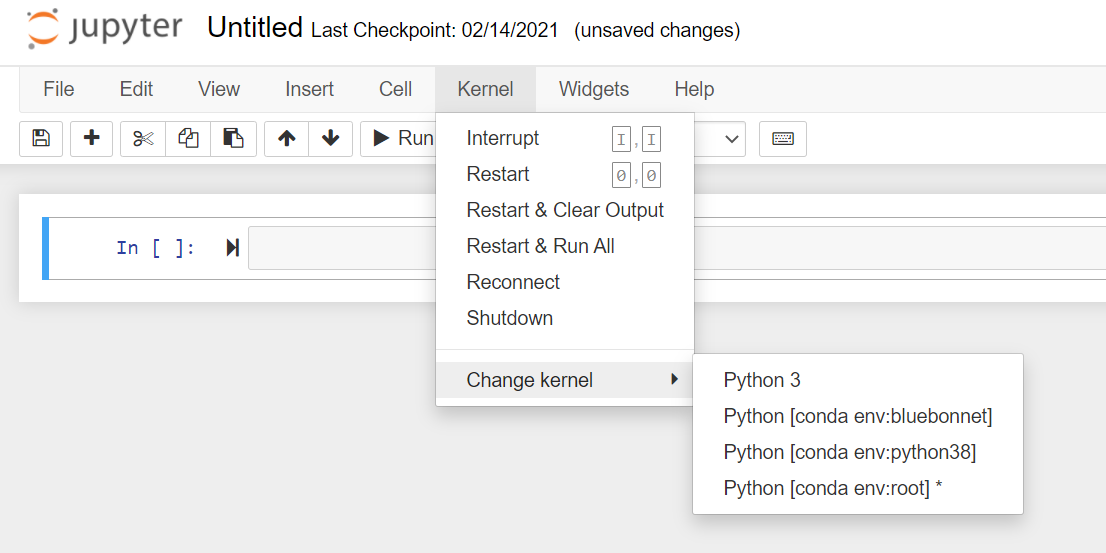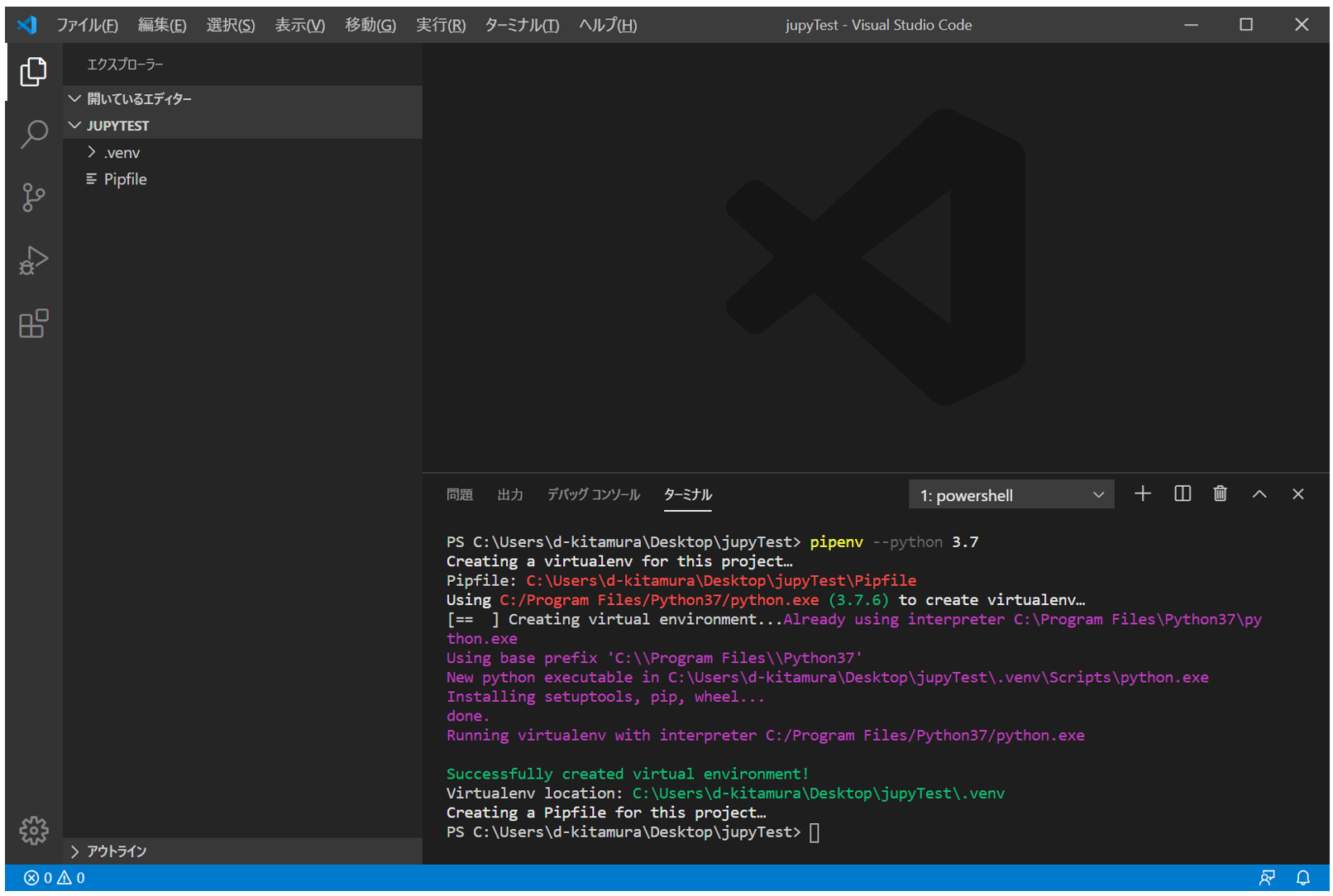


To name the notebook, click on the text that shows Untitled1, and you will be provided a modal to enter a new name and click Rename. This should open a new Browser tab which presents a Jupyter Notebook where we can enter Python code. Now a browser window should open and display the Jupyter environment.įrom here we can create a new Python3 Jupyter notebook to work with by selecting new->Python3. Once the installation is complete, you can launch Juypter Notebook with this command: jupyter notebook You will see all kinds of software being installed.
Install jupyter notebook in virtualenv install#
At the prompt, type: pip install jupyter notebook Ours just happens to be named vrequests from some prior Python Requests tutorials.

In your terminal, navigate to the root directory of the virtual environment you’ll use. If unfamiliar, first go ahead and set up a python virtual environment, then get it activated. Virtual environments in Python are fantastic, and it makes sense to use one when working with Jupyter Notebooks. We’ll install Jupyter notebook in a virtualenv which we learned about recently. In this tutorial, we’ll take a look at getting started with Jupyter Notebook. Jupyter combines live code and textual explanations along with data visualizations to make documents come alive. It is an expressive platform that helps you to communicate ideas with code and graphs. Jupyter Notebook is a Python environment to help you explore and analyze data using Python.


 0 kommentar(er)
0 kommentar(er)
